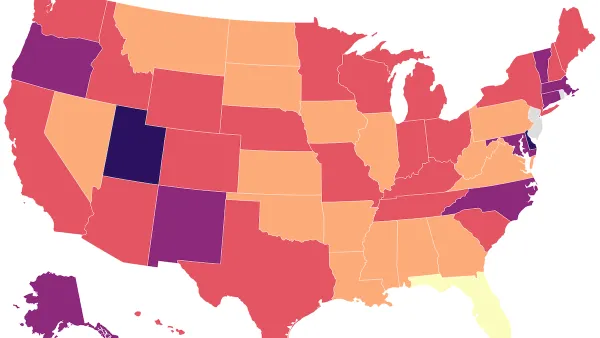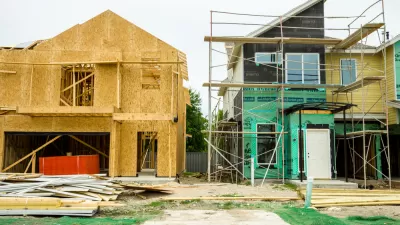If those in health care seek to develop new ways to help patients stay in their homes, they must also find ways to temper how they affect communities in which they reside.

Over the course of my medical training I have worked in cities that hold the dual distinctions of being both home to some of the largest medical institutions in the country as well as the sites of increasingly untenable affordable housing crises. I have seen countless patients bear the consequences of unsafe or unstable housing on their bodies and minds: the mold exacerbating their asthma, the medication missed because of stays in shelter leading to uncontrolled diabetes, the missed rent payments and threatening landlords leading to gnawing anxiety. These realities make clear that safe, affordable housing is a necessary foundation for good health, a fact that is now only further emphasized by the need for safe places to self-isolate during the COVID-19 pandemic.
However, as I pursued my training in Baltimore and New York City, it also became clear that medical institutions and health systems bore some responsibility in creating the pressures that drove displacement in the first place. Just as it was impossible to ignore the health impacts of poor housing, it was also increasingly difficult to ignore announcements of new multimillion dollar developments bearing the health systems’ names, the contrast between steel and glass research buildings and the rows of vacant houses just beyond their lawns. Participating in grassroots efforts to support fair development and sustainable affordable housing, led by groups such as the Baltimore Fair Development Roundtable and Northwest Bronx Community and Clergy Coalition, I heard stories from those living in the shadow of the hospital of rising rents and changing neighborhoods; I saw the looks of suspicion on community members’ faces when the hospital’s name arose in conversation.
Over the last few years there has been a growing commitment from health care institutions to the development of affordable housing. It’s a prospect that is both exciting and long overdue: the added financial and political weight of these anchor institutions as well as the opportunity for new collaborations between housing and health providers could improve access to both essential needs.
In moving forward with these initiatives, however, it is important that we consider the ways in which health care institutions already shape the communities in which they find themselves. The way that medical institutions actively engage in development, how their workforce shapes the characteristics of the neighborhoods around them, and how changing dynamics of health care service provision affect the vitality of neighborhoods must be reckoned with if health care systems decide to commit themselves to supporting true affordable housing.
While health care institutions may just now be entering the world of affordable housing, they are by no means new to community development. In 2001 ....
FULL STORY: Health Care Institutions Must Acknowledge Their Role in Neighborhood Change

Planetizen Federal Action Tracker
A weekly monitor of how Trump’s orders and actions are impacting planners and planning in America.

Maui's Vacation Rental Debate Turns Ugly
Verbal attacks, misinformation campaigns and fistfights plague a high-stakes debate to convert thousands of vacation rentals into long-term housing.

Restaurant Patios Were a Pandemic Win — Why Were They so Hard to Keep?
Social distancing requirements and changes in travel patterns prompted cities to pilot new uses for street and sidewalk space. Then it got complicated.

In California Battle of Housing vs. Environment, Housing Just Won
A new state law significantly limits the power of CEQA, an environmental review law that served as a powerful tool for blocking new development.

Boulder Eliminates Parking Minimums Citywide
Officials estimate the cost of building a single underground parking space at up to $100,000.

Orange County, Florida Adopts Largest US “Sprawl Repair” Code
The ‘Orange Code’ seeks to rectify decades of sprawl-inducing, car-oriented development.
Urban Design for Planners 1: Software Tools
This six-course series explores essential urban design concepts using open source software and equips planners with the tools they need to participate fully in the urban design process.
Planning for Universal Design
Learn the tools for implementing Universal Design in planning regulations.
Heyer Gruel & Associates PA
JM Goldson LLC
Custer County Colorado
City of Camden Redevelopment Agency
City of Astoria
Transportation Research & Education Center (TREC) at Portland State University
Jefferson Parish Government
Camden Redevelopment Agency
City of Claremont





























